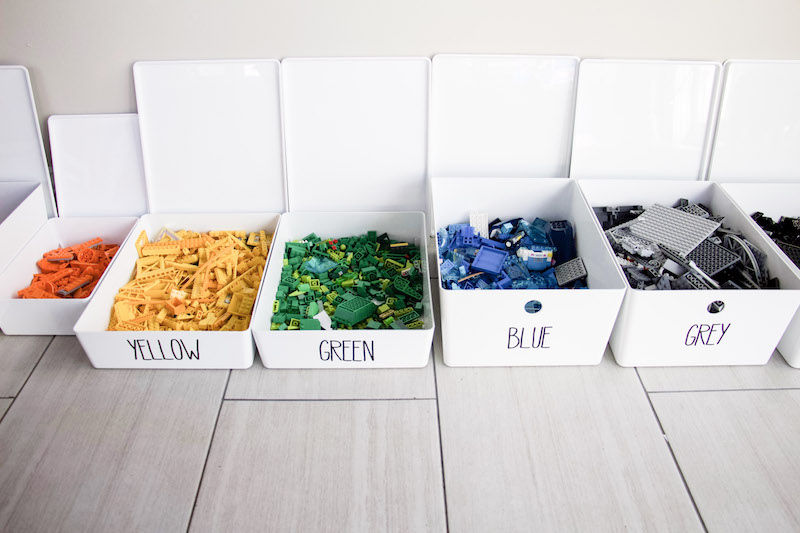How to Pack Plants for Moving: Tips for Safe Transport
- Moovin and Groovin
- May 9
- 3 min read

Moving plants presents unique challenges that require special attention to protect these living treasures. Proper preparation can mean the difference between thriving plants and disappointing losses in your new home. Consulting with a local moving team can provide valuable insights specific to your region and plant types, especially regarding temperature sensitivity and transport duration. This guide offers practical steps to pack and move your greenery safely, ensuring they arrive at your new location ready to flourish rather than stressed and damaged.
Choose the Right Packing Materials
Selecting appropriate packing materials is crucial when preparing plants for relocation. Start by gathering sturdy moving boxes in various sizes to accommodate different plant heights and widths. Use bubble wrap to cushion delicate leaves and branches while protecting them from breakage. Packing paper helps secure soil in pots and prevents spillage during transit. Fill empty spaces in boxes with packing peanuts or crumpled paper to prevent shifting. For larger specimens, consider moving blankets or pads for extra protection. Clear plastic bags can maintain humidity levels for tropical varieties throughout the journey. Proper material selection significantly increases the chances of your plants arriving undamaged.
Prepare Your Plants for Transport
Proper preparation before moving day helps plants withstand the stress of relocation. Water plants moderately one or two days before moving—ensuring they're hydrated but not waterlogged, which can increase weight and cause leakage. Trim damaged or excessive growth to reduce stress and make plants more compact for transport. Support fragile specimens by staking them upright to prevent bending or breaking. Examine each plant for pests or diseases, treating any issues before moving to avoid spreading problems to your new garden. Consider transferring plants to plastic containers for moving day, as ceramic or terracotta pots can break easily during transport.
Secure Plants for Safe Moving
Proper securing techniques prevent damage during transportation. Place taller plants in sturdy boxes that fit snugly around the pot, preventing tipping. Use packing paper or bubble wrap around stems and between branches for support and protection. Smaller plants often travel best in plastic bins with lids that provide stability and shield them from drafts. Fill any gaps in containers with crumpled paper to prevent movement during transit. Secure pots by wrapping them with foam or bubble wrap, especially if they're fragile or decorative. These precautions help ensure your green companions arrive intact at their new home.
Label Your Plants for Identification
Accurate labeling simplifies the unpacking process and ensures proper care after arrival. Create detailed labels for each plant including its name, light requirements, and watering needs. This information proves invaluable when deciding placement in your new home. Attach tags securely to pots or containers rather than directly to stems or leaves. Consider taking photos of each plant before packing as additional reference. If transporting during challenging weather conditions, add special handling instructions like "Keep from freezing" or "Shade required." This methodical approach to labeling prevents confusion and helps maintain consistent care during the transition period.
Transporting Plants With Care
The journey itself requires ongoing attention to plant welfare. Secure plants in your vehicle to prevent tipping or sliding during transit. Position them in areas with adequate ventilation but away from direct airflow from heating or cooling vents. Avoid placing plants where they'll receive direct sunlight through windows, which can quickly overheat them. For longer moves, monitor the temperature regularly and make adjustments as needed—most plants prefer temperatures between 65-75°F. Plan for breaks during extended trips to check on plant conditions and provide ventilation. These careful transport practices help minimize stress and ensure your plants adapt successfully to their new environment.
Related Topics:





Comments